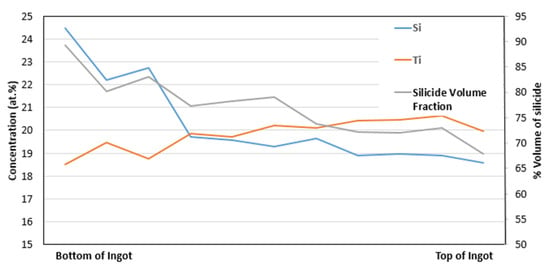Feature Paper Collection of Advanced Research on Alloys
A topical collection in Alloys (ISSN 2674-063X).
Submission Status: Closed | Viewed by 93448Editors
Interests: magnesium alloy design; green processing technologies; strip casting; fatigue and fracture; metallurgy of advanced high strength steels; advanced characterization of microstructures using small angle
Special Issues, Collections and Topics in MDPI journals
Interests: alloy development in light alloys; phase transformation in the solid and liquid states; microstructure and mechanical and physical property relationships; mechanical behaviour; materials characterisation; deformation and dislocation structure formations
Special Issues, Collections and Topics in MDPI journals
Interests: light metals; powder metallurgy; energy-related materials; glass ceramics
Special Issues, Collections and Topics in MDPI journals
Interests: nanomaterials; electrochemical sensors; semiconducting materials; photocatalysis; dye sensitized solar cell; metals and alloys; microstructures; 2D materials; colloids; amorphous materials
Topical Collection Information
Dear Colleagues,
In recent years, the world has witnessed an extraordinary evolution and progress in the invention and improvement of special alloys, such as stainless steel, high-speed steels, oxide dispersed stainless steel, superalloys, high entropy alloys, cermets, and bulk metallic glasses. These new alloys often have complex compositions and microstructres, and have attracted modern-day research due to increasing performance and property demands of modern engineering materials. Designing any alloy with unique and improved properties requires an understanding of the manufacturing process and how this influences the resultant microstructure of the alloy. This naturally leads to the control of properties.
This collection will present up-to-date information about the development of various kinds of alloys, processed by a range of different metallurgical operations. Investigation of their mechanical, surface, and other properties will be presented. This collection will also focus on the structure–property–processing relationship, and the complex chemistry of modern alloys.
The collection could publish research articles along with short communications, and reviews articles. Papers that are closely aligned to metallurgy, material science, and mechanical engineering that describe new alloy design principles, new alloy types, their properties, applications, and structure–property relationships are welcome. The research papers submitted to our collection should contain novel experimental or theoretical results that can influence and motivate the metallurgical research community.
Topics of interest include, but are not limited to:
- Development of a new generation of alloys with novel applications;
- Theoretical and experimental approach to the alloy research to address the structure–property relationship;
- Investigation of various mechanical properties like compressive, tensile, hardness, impact, fatigue, fracture toughness, etc.
- Synthesis of wear and corrosion-resistant alloys with a detailed discussion of different types, mechanisms of wear, and corrosion.
Prof. Dr. Nikki Stanford
Dr. Chamini L. Mendis
Dr. Peng Cao
Dr. Shashanka Rajendrachari
Collection Editors
Manuscript Submission Information
Manuscripts should be submitted online at www.mdpi.com by registering and logging in to this website. Once you are registered, click here to go to the submission form. Manuscripts can be submitted until the deadline. All submissions that pass pre-check are peer-reviewed. Accepted papers will be published continuously in the journal (as soon as accepted) and will be listed together on the collection website. Research articles, review articles as well as short communications are invited. For planned papers, a title and short abstract (about 250 words) can be sent to the Editorial Office for assessment.
Submitted manuscripts should not have been published previously, nor be under consideration for publication elsewhere (except conference proceedings papers). All manuscripts are thoroughly refereed through a single-blind peer-review process. A guide for authors and other relevant information for submission of manuscripts is available on the Instructions for Authors page. Alloys is an international peer-reviewed open access quarterly journal published by MDPI.
Please visit the Instructions for Authors page before submitting a manuscript. The Article Processing Charge (APC) for publication in this open access journal is 1000 CHF (Swiss Francs). Submitted papers should be well formatted and use good English. Authors may use MDPI's English editing service prior to publication or during author revisions.
Keywords
- alloys
- microstructure
- mechanical properties
- new grade alloys
- wear-resistant
- corrosion-resistant
- structure-property relationship
- cutting-edge technology





















